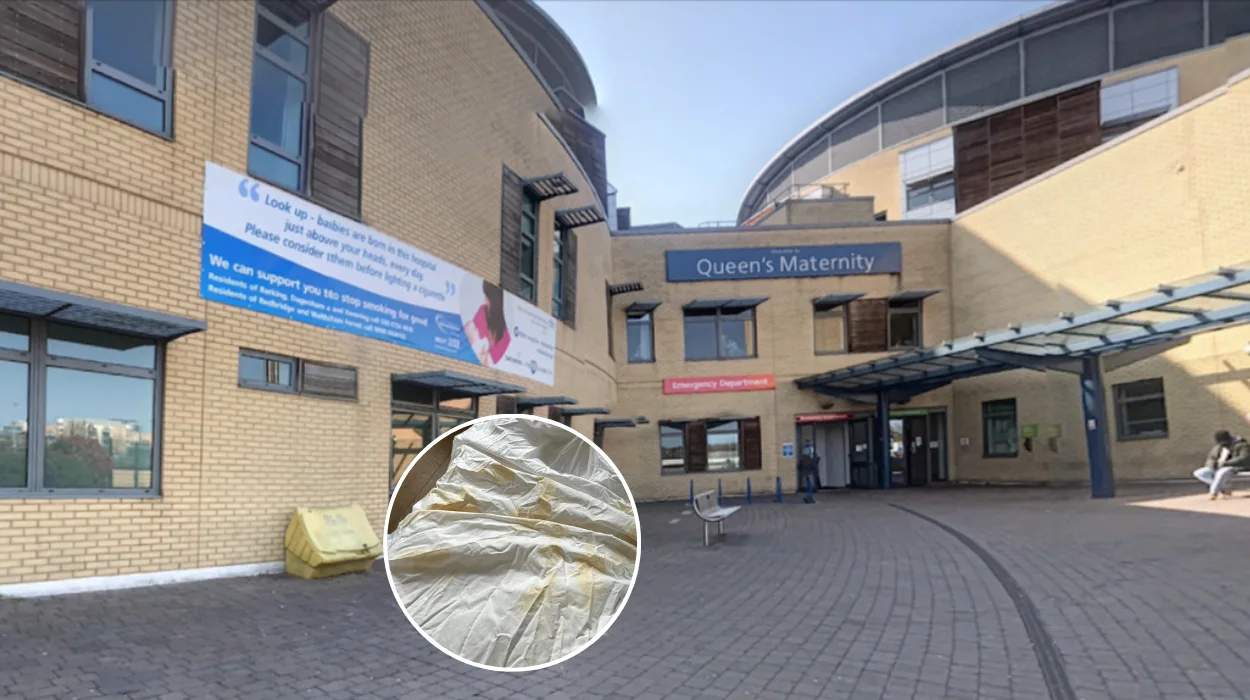Key Points
- Patients at Queen’s Hospital A&E were reportedly left on soiled sheets in corridor areas.
- The report highlights significant concerns about patient dignity and hygiene.
- Delays and overcrowding in the A&E department contributed to the situation.
- Hospital management has acknowledged the findings and pledged to take corrective measures.
- Staff shortages and increased patient numbers were cited as contributing factors.
- The report calls for urgent improvements in patient care and facilities.
- This issue reflects wider systemic pressures on emergency healthcare services.
What happened at Queen’s Hospital A&E corridors according to the report?
As reported by various media sources, a recent investigation has revealed that patients at Queen’s Hospital Accident & Emergency (A&E) department were left lying on soiled sheets in corridor areas for extended periods. This situation has raised serious concerns regarding the standards of patient care, hygiene, and dignity within the hospital’s emergency services. The report detailed instances where patients, some in vulnerable conditions, were not promptly moved to clean or appropriate spaces, leading to distress among patients and their families.
Why were patients left in such conditions at Queen’s Hospital A&E?
The report attributes these conditions primarily to overcrowding and significant delays within the A&E department. Staff shortages and a surge in patient numbers have overwhelmed the hospital’s capacity to provide timely care. These systemic pressures have resulted in patients being accommodated in corridor spaces not designed for patient care, with inadequate cleaning and support. Hospital officials have acknowledged that the combination of increased demand and resource constraints created an environment where patient care standards were compromised.
How has the hospital responded to the findings of the report?
Hospital management has publicly acknowledged the report’s findings and expressed regret over the conditions described. They have committed to implementing urgent corrective actions to improve patient care standards and ensure that no patient is left in such conditions again. This includes plans to increase staffing levels, improve cleaning protocols, and enhance patient flow management within the A&E department. The hospital emphasised that patient dignity and safety remain paramount and that these issues are being addressed as a priority.
What are the wider implications of this report for emergency healthcare services?
This report at Queen’s Hospital is indicative of broader systemic challenges facing emergency healthcare services across the region and the country. Increasing patient demand, staff shortages, and limited physical capacity are common issues leading to overcrowding and delays in care. Experts warn that without significant investment and reform, such incidents may continue, undermining public trust in emergency services. The report calls on healthcare authorities to urgently review resource allocation, staffing, and infrastructure to prevent recurrence of these conditions.
What have patient advocacy groups said about the situation?
Patient advocacy groups have condemned the conditions described in the report, calling them unacceptable and a breach of basic healthcare standards. They emphasised the need for accountability and transparency from hospital management and healthcare authorities. Advocates highlighted the importance of maintaining patient dignity and the right to safe, clean, and timely medical care. They urged for systemic reforms to address the root causes of overcrowding and resource shortages in emergency departments.
What steps are being recommended to prevent similar incidents in the future?
The report recommends a multi-faceted approach to prevent recurrence, including:
- Increasing staffing levels in emergency departments to meet patient demand.
- Expanding physical capacity and improving infrastructure to reduce overcrowding.
- Enhancing patient flow processes to minimise delays.
- Implementing rigorous cleaning and hygiene protocols.
- Regular monitoring and reporting on patient care standards.
- Engaging with patient representatives to ensure care meets community expectations.
These measures aim to restore confidence in emergency services and ensure patient safety and dignity are upheld.
The situation at Queen’s Hospital A&E has brought to light critical issues in emergency healthcare delivery, underscoring the urgent need for systemic improvements. Hospital officials, healthcare authorities, and patient groups alike agree that addressing these challenges is essential to safeguarding the health and dignity of all patients.
Related News:
- Havering alcohol deaths triple in 5 years with 34 died in 2023 – ONS
- Havering and Newham among London Councils that get ‘exceptional’ government funding
- Havering’s major roads among best maintained in London, government data shows
- Bell & Gate Collier Row: 18th Century Pub History in Romford Havering
